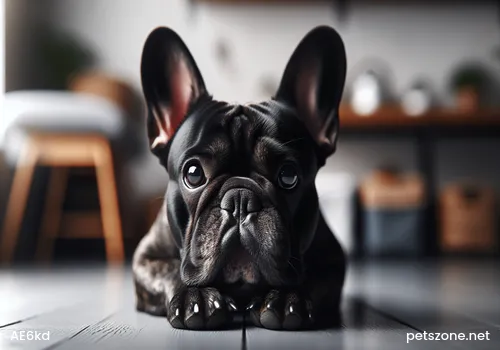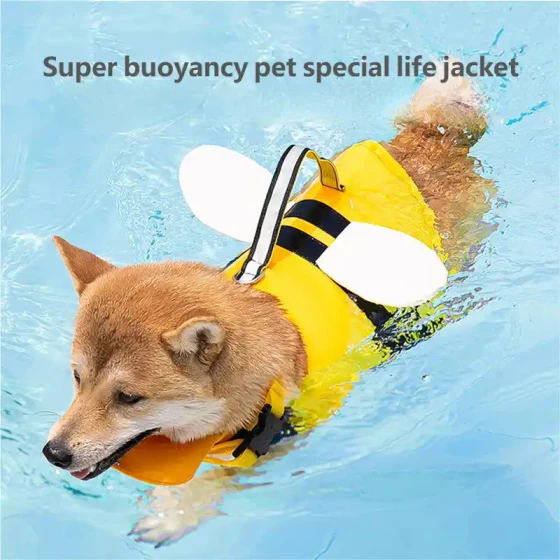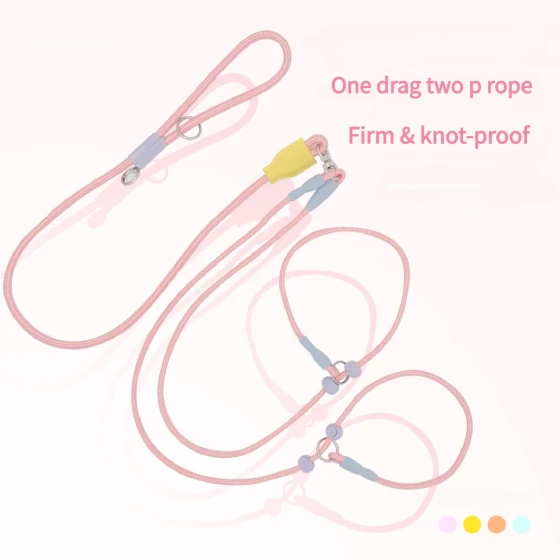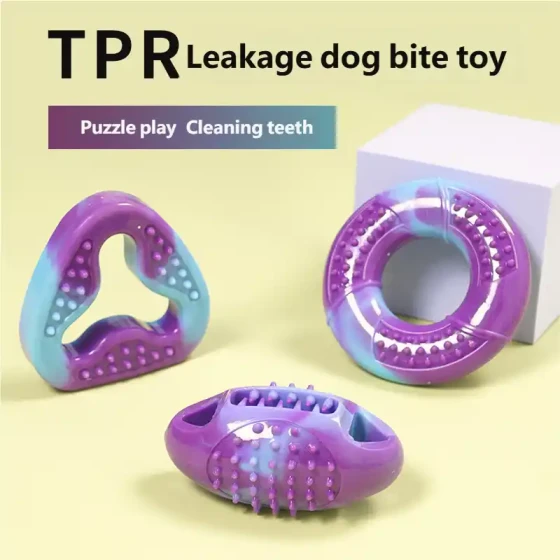Morphological Characteristics of the German Shorthaired Pointer

The ideal height of male German Shorthaired Pointers should be 58.4 ~ 63.5cm, and the ideal height of females should be 53.3 ~ 58.4cm. The ideal weight of males should be 24.95 ~ 31.75kg, and the ideal weight of females should be 20.41 ~ 27.22kg.
Morphological Characteristics
Proportion — Measure the distance from the forechest to the last protruding point of the rump and the distance from the upper edge of the scapula to the ground. For the Shorthaired Pointer, its body length is allowed to be equal to or slightly longer than its height.
Structure — For a dog, thin bones or sparse bone structure are never worthy. It must have a sturdy and strong skeleton capable of adapting to terrain under all conditions. However, the most important thing is not the size of the bones but the correct structural proportion of the dog's skeletal system. Bones that are too heavy or too light are both defects. For dogs with long legs and tall stature, due to excessive substantial material, males tend to be heavy and inflexible, and females generally have many faults.
Head
The head contours are distinct, neither too light nor too heavy, proportionate to the body. Eyes: medium size, full of intelligence and expression, very cheerful but also radiant with vigor, neither protruding nor sunken. The shape of the eyes is almond-shaped, not round. The preferred color is dark brown. Light yellow eyes are undesirable and regarded as a fault. Eyes too close together are a defect. Blue-gray eyes or eyes with color rings are disqualifications. Ears: broad and positioned fairly high, lying flat, never hanging on the head. Their position should be slightly higher than the eye level, and when the ears lie forward naturally, without any tension, they extend to the corner of the mouth. Heavier dogs also tend to have longer ears. Overly long or too thick ears are faults. Skull: moderately broad, slightly arched in profile, and slightly rounded on top. Unlike the Pointer (English Pointer), the center line between the eyes on the forehead is not deeply marked, and the occiput is not prominent. The foreface rises gradually from the nose leather towards the forehead. This rise is more distinct and pronounced in males than females. The jaws are solid and powerful with very developed muscles. The line rising toward the forehead does not have a clearly defined stop as in the Pointer, but a stop effect is visible in profile mainly due to the brow ridge. Muzzle: sufficiently long to catch prey and hold it for a long time. The Pointer-like muzzle is not acceptable. The depth is proportionate to the length for both muzzle and head. The muzzle length is roughly equal to head length. A dish-shaped muzzle is a fault. Nose leather: brown, the bigger the better, with wide open nostrils. Spotted nose leather is unacceptable. Flesh-colored noses are disqualifications. A slightly protruding nose leather suddenly terminating is seen. Lips are full and deep but without drooping upper lips. Teeth: sturdy and heavy. Molars fit well. The bite is a true scissor bite; pincer bite is a fault. Overbite or underbite is disqualifying.
Neck, Backline, Body
The neck has sufficient length to extend the jaws and retrieve prey, slopes downward forming a beautiful curve. The neck and back muscles are developed, gradually thickening towards the shoulders. Moderate dewlap is permitted. The skin is tight and close fitting. The chest impression is usually deeper than wide; the entire chest is proportionate to other body parts. The chest extends to the elbows, and the ribs support the thorax well, not appearing flattened or flat-chested; but also not excessively rounded or barrel-shaped. The rear ribs extend downward. The thorax behind the elbows is narrower than the part beyond by about one palm width, allowing sufficient movement space for the upper arms. The tuck-up is obvious. Back: short, strong, and straight, slightly rising from the base of the tail to the withers. The loin is solid, of medium length, slightly arched. Overly long, arched, or swaying backs are faults. Rump: broad, the distance between hip hollows wide, gently sloping down toward the tail in a graceful curve. Steep rumps are faults. Tail: high set and firm, must be docked at about 40% of total length. When calm, the tail hangs down; during walking or running, it stays level and must not be carried above the back (toward the head). Tail carried towards or curved over the head is a serious fault.
Forequarters
Scapula: inclined, flexible, muscular. The scapula lies flat and slopes backward at about 45 degrees. Upper arm (between scapula and elbow joint): as long as possible, standing somewhat close to the body so that the legs are straight, close, and muscular, appearing parallel when viewed from the front. Standing with elbows too close to the body or too near causes toes to bend inward or outward, which is a fault. The collarbone is sturdy, short, and very slightly inclined, almost vertical. Laxity, short scapula, or too straight scapula are faults. Protruding joints are faults. Wolf toes on the forelimbs can be removed. Feet: compact, tight, from round to spoon-shaped. Toes arched, nails heavy. Pads sturdy, hard, and thick.
Hindquarters
Thighs are solid and muscular. The stifle joint is moderately bent. The hock joint is well angled, and from the hock to the footpad, the bones are solid and straight. Angles of the stifle and hock allow for optimal balance of driving power and traction. The hocks neither bend inward nor turn outward. Cow hocks are a serious fault.
Coat
The coat may be brown, light brown, dark brown, white, or black. Brown, white, and yellow ticking are permitted. The coat is short and dense with a hard texture to the touch; hair under the tail and on the edges of the rump is slightly longer. Hair on the head and ears is soft, thin, and slightly shorter. Any dog with long hair on the body is a serious fault.
Color
Coat color may be solid liver or a combination of liver and white, such as white with liver spots, liver patches with white spots, or liver ticking.
Gait
A smooth and soft gait is a famous characteristic, transitioning from a walk gradually into a run, tending toward a single track is ideal. Limbs gather under the body, extend forward close to the ground without a high-stepping (lifting legs high) posture. Hindquarters provide strong and steady drive.
Temperament
The German Shorthaired Pointer is a friendly, intelligent, and helpful dog. The first impression is of enthusiastic loyalty and eagerness to work, with no sign of any intention to escape.
Disqualifications
Blue-gray eyes or eyes with color rings. Flesh-colored nose leather. Overbite or underbite. Dogs with any black, red, orange, lemon, brown, or white markings in any area.





-560x560.webp)